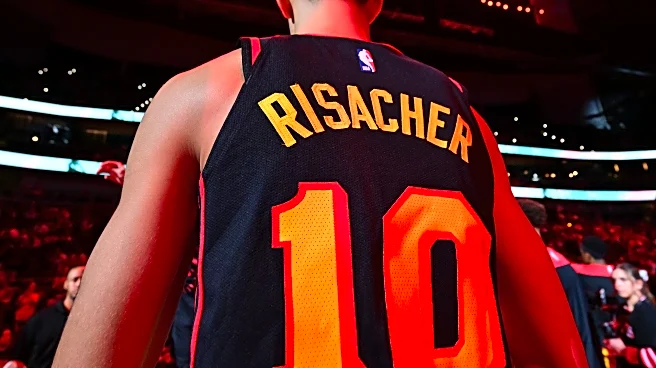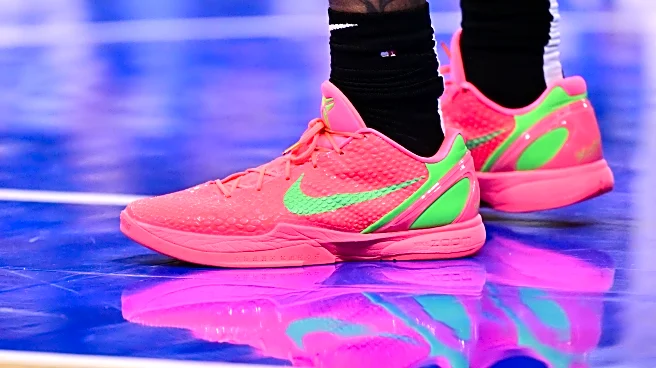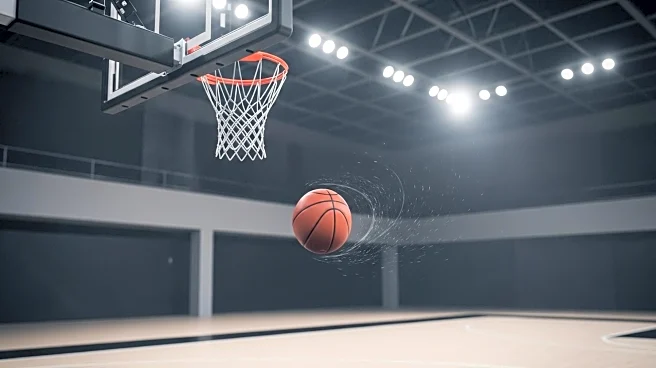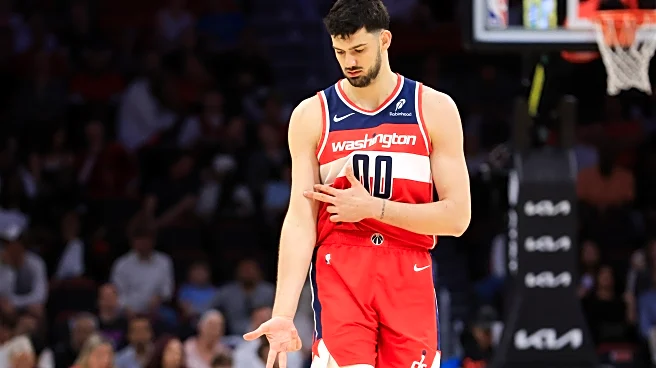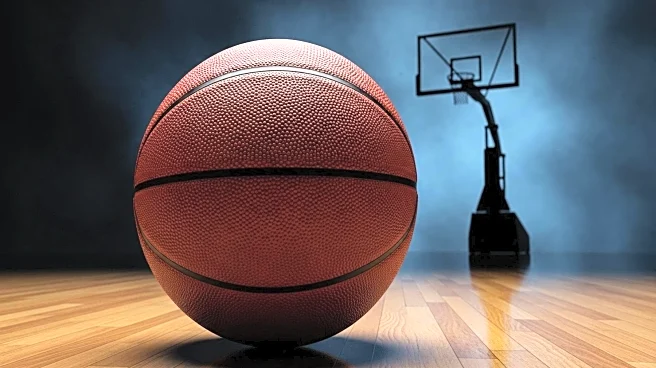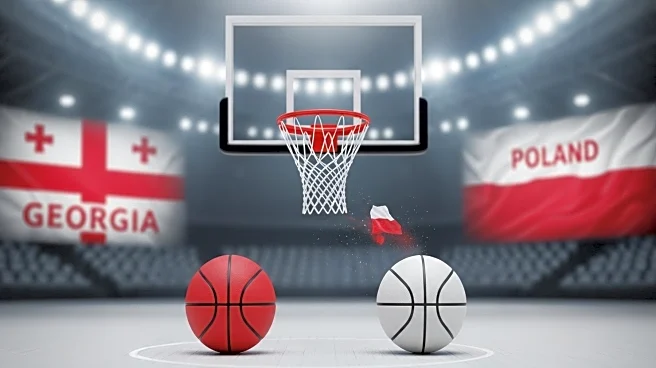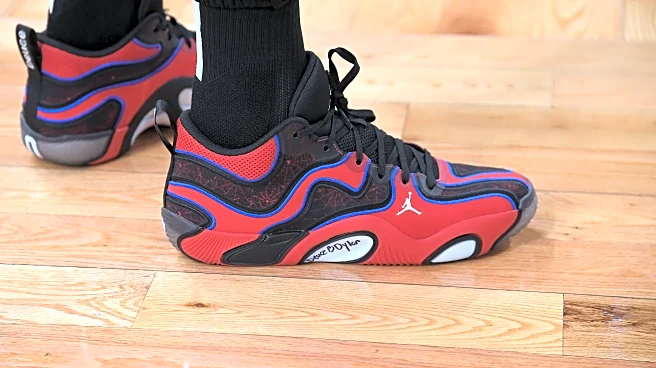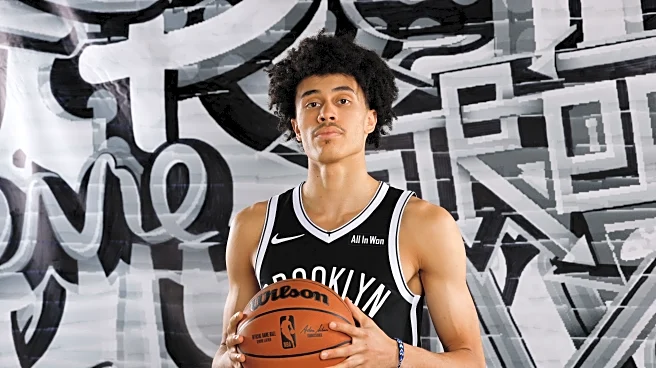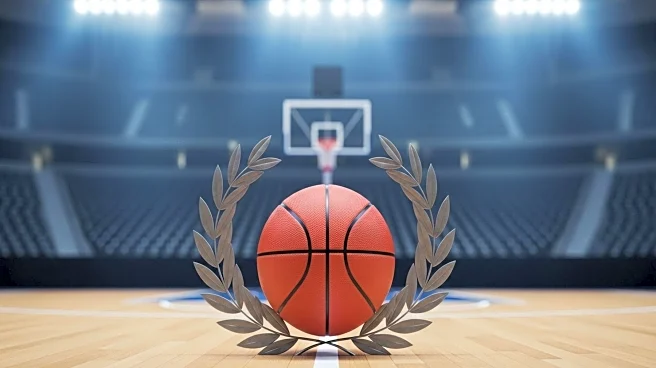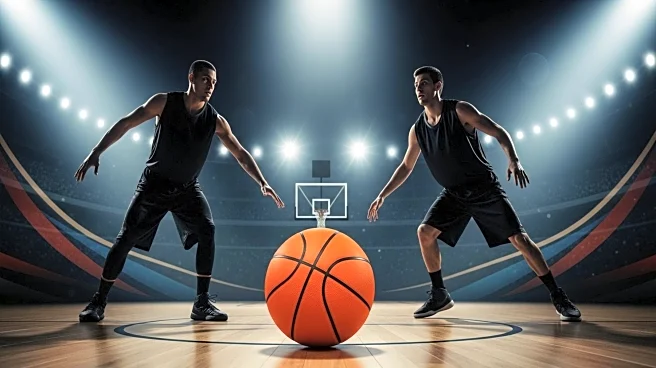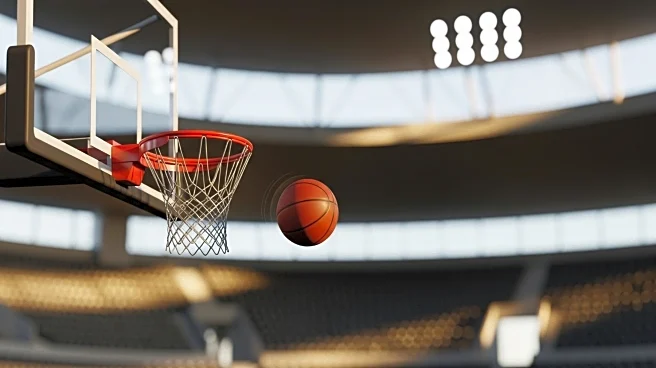
Zaccharie Risacher wasn’t everyone’s pick (this writer included) to be selected first overall in the 2024 NBA Draft when the Hawks unexpectedly won the top selection with only a 3% chance in the lottery.
He didn’t profile as a franchise-changing pillar. He wasn’t a 7-footer. He didn’t project to be a lead creator or have MVP-level upside.
But the young Frenchman eventually found a key role as an off-ball
mover, cutter, and shooter, averaging 12.6 points on 46% shooting from the field and 36% shooting from three. His size at a listed 6’8” allowed him to play anywhere from the 2 to the 4, and he was a tireless, though inexperience, defender upon jumping to the NBA from JL Bourg in France.
Risacher went straight from his encouraging rookie season in the NBA into playing for his national team, France, in the lead up to EuroBasket 2025. While his team bowed out earlier than expected in the round of 16, he showed growth in the short international experience.
In six games (five in group play plus the single tournament game), Risacher averaged 9.7 points in 17.8 minutes per contest with 41% shooting from three and 48% overall plus per-game averages of 4.2 rebounds and 1.7 assists against 1.0 turnovers. Despite lazy analysis from some national NBA writers (no, coming off the bench in an international game as a 20-year-old isn’t a black mark against him), he had a clearly successful FIBA campaign.
Now, as he heads into his second year in the NBA, he’ll be expected to take on a more prominent role in a Hawks team looking to take a step forward.
That begs the question: what three basketball skills will be necessary for him to show growth in this season?
Playmaking
To be clear, the Hawks have an elite playmaker in Trae Young at point guard — a player who has the ball in his hands as much as any player in the league. In fact, it can be argued that Risacher’s fit on a basketball court is dependent upon having another high-level creator similar to that of the caliber of Young.
But playmaking is more than necessarily breaking down a defense with ball handling or initiating offensive sets. Some of the best passers operate as a secondary options who can receive the ball, make quick decisions, and dish it out before the defense to react to create opportunities for others.
Risacher could only muster 1.2 assists per game against 1.2 turnovers per game in 2024-25, indicating that there’s some definite room to grow into a better decision-maker. He flashed those skills a bit more in international play (3.4 assists per 36 minutes compared to 1.8 in the NBA), and his vision on the court will develop as the speed of the game slows down for him, so there’s a long runway for this to be a real asset in the future.
Ultimately, his best path to impacting the game is through being a jack-of-all-trades type who can connect initiators like Trae Young with play finishers like Onyeka Okongwu and Kristaps Porzingis. With the Hawks looking to play an up-tempo game, he’ll have to continue to get better at making quick decisions with the basketball.
Finishing at the rim
As a wiry 6-foot-8 player, Risacher has the ability to get up and throw down. But in his rookie season, he ran into some issues finishing in the paint through contact. This is not a real concern now for a guy playing at the highest professional level at the age of 19, but this will be a necessary aspect of his game as a counter to teams closing out hard to him on the perimeter.
Last season, he only converted 42% of his driving shots, and his passing out of drives wasn’t where it needed to be at the same time. He passed out of drives just 28% of the time, second lowest on the team, demonstrating some level of tunnel vision when he gets in those situations.
Per Shotcreator, Risacher only finished 43% of non-rim paint attempts, a mark that was below league average. It’s a good proxy for finding ways to score when you can’t get all the way to the hoop with a shot-blocker in your path to the rim.

He’s already proven to be a dangerous catch-and-shoot player when given space, as indicated by his tear down the stretch run of last season. Now, the tough baskets will need to follow for him to take another leap.
Physicality
When Risacher reflected on his jump to the NBA last season, he created an unfortunate soundbite:
In reality, Risacher has real straight-line speed and definite bounce on par with the upper half of NBA athletes in my estimation.
But similar to his finishing through contact, his ability to grab rebounds and defend athletic wings and forwards will only go as far as his physical profile will let him. Last season, he snared 5.2 rebounds (1.7 offensive rebounds per 36 minutes), 1.0 steals, and 0.7 blocks per 36 minutes, and these hustle indicators are often correlated with a player’s ability to cope with the physical grind of bodying up against some of the best athletes in the world.
There has been murmurs about Risacher’s true height — and a bigger frame would allow him to add bulk while maintaining basketball agility and explosiveness. If true, his ceiling could be higher than most figure.
There’s no question about Risacher’s drive and competitiveness to get better and continue to prove himself at the highest level. That determination to improve, both on the court and in the gym, has to be encouraging for Hawks fans. So even if he got pushed around at times as a wide-eyed rookie in the league, I see a future where Risacher can better assert his will.
